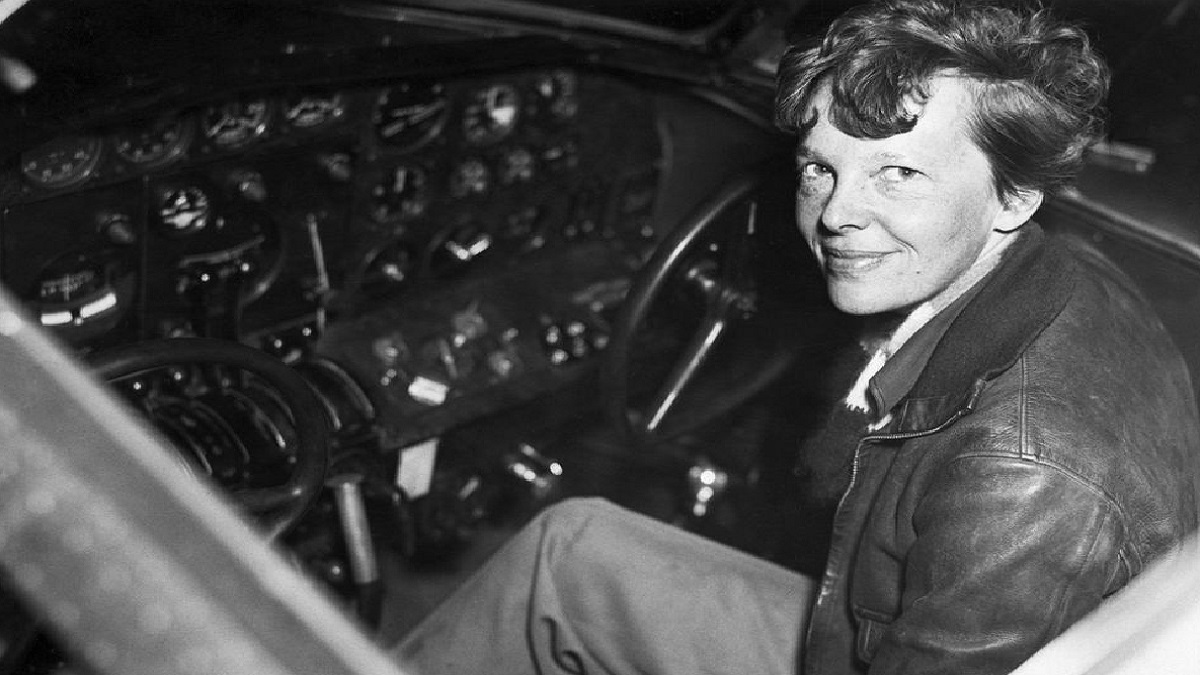The mysterious disappearance of Amelia Earhart, which occurred in July 1937, has puzzled investigators, both amateur and professional, for nearly 90 years. Despite extensive efforts to uncover the truth, the case remains shrouded in uncertainty, leading to various theories and speculations, some more credible than others. Recent developments, however, have eliminated a once-promising lead that generated significant interest among Earhart enthusiasts worldwide. Nevertheless, the mystery persists, leaving room for new avenues of investigation.
Photograph of Amelia Earhart’s plane
Over the years, there have been numerous hypotheses about what happened to Amelia Earhart. They range from the possibility of her being abandoned on different islands, in Japanese captivity, to even more imaginative scenarios such as being devoured by giant crabs. Last year, attention was focused on the examination of a piece of aluminum plate that washed up on a remote island in close proximity to the area where Earhart was last heard from. This debris, discovered on Nikumaroro Island in the western Pacific in 1991, is believed by some to be fragments of a metal patch attached to Earhart’s Lockheed Electra plane during her fateful round-the-world trip.

The plate had faint nicks, including “D24”, “XRO” and potentially “335” or “385”, which were previously invisible to the naked eye. It was initially thought that the markings could represent production codes that could help establish a link to Earhart’s craft, potentially shedding light on her disappearance. However, subsequent analysis determined that the plate belonged to a Douglas C-47 plane that crashed during World War II, nearly a decade after Earhart’s last communication. The enigma surrounding the disappearance of Amelia Earhart remains fascinating and long-lasting. Although this particular clue has been uncovered, the quest to uncover the truth about her fate continues. Researchers and enthusiasts remain committed to exploring new avenues that may eventually provide answers to this age-old mystery.

The recent outcome may be disheartening for some, but there remains a glimmer of hope. The International Group for Historic Aircraft Recovery (TIGHAR), a non-profit organization specializing in the investigation of historic aircraft disappearances, indicated that there is other evidence worth considering. Ric Gillespie, chief executive of TIGHAR, revealed to MailOnline that they are currently examining an underwater photo taken in 2009 as a potential new clue. The photo reveals a significant object on the ocean floor, now covered in marine life, that Gillespie and his team believe may be connected to the sunken plane. Gillespie clarified, saying, “There is an object in the photo that appears to be a Lockheed Electra engine cover.” He also mentioned that the similarity to the engine cover and drive shaft was not initially identified and the exact location was not documented at the time, which is why subsequent attempts to locate the item were unsuccessful.
Categories: Trends
Source: HIS Education
